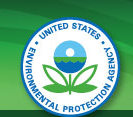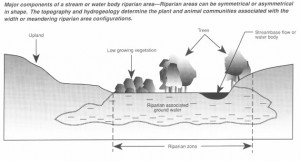 The United States EPA has proposed significant changes to the definition of “waters of the United States” (WOUS) in the Clean Water Act. EPA will tell you that these changes will not expand their jurisdiction or add significant cost to doing business. You be the judge. Here are some of the major proposed changes.
The United States EPA has proposed significant changes to the definition of “waters of the United States” (WOUS) in the Clean Water Act. EPA will tell you that these changes will not expand their jurisdiction or add significant cost to doing business. You be the judge. Here are some of the major proposed changes.
Tributaries defined in this proposed change will include ditches that are adjacent to traditional navigable waters (TNW). Adjacent waters to TNW is now restricted to just wetlands; it now would include all waters. Currently there was no definition of tributary. Here is the new proposed definition: “tributary” based on presence of bed and bank and “ordinary high water mark.” A concrete lined canal would quality as a tributary. The proposed rule defines “significant nexus” as “neighboring,” “floodplain,” and “riparian area”. This definition of tributary adds areas not traditionally considered as WOUS: floodplain and riparian area.
There is no definition of floodplain. Is it the mean annual floodplain; is it the 10-year floodplain; the 25-year floodplain or the 100-year floodplain? Adding riparian area opens a gigantic can of ambiguity. Riparian areas are lands that occur along watercourses and water bodies. Typical examples include flood plains and streambanks. They are distinctly different from surrounding lands because of unique soil and vegetation characteristics that are strongly influenced by the presence of water. Because of their variation across the country, riparian areas function in different ways. In spite of their differences, all riparian areas possess some similar ecological characteristics such as energy flow, nutrient cycling, water cycling, hydrologic function, and plant and animal population. These functions give riparian areas unique values relative to the surrounding landscape. Below is a diagram of the location of riparian areas. This could be attributed to upland areas adjacent to tributaries.
The new proposed rule changes do not make the definition of what is going to be regulated clearer or less ambiguous than the existing rule. The Corps of Engineers staff cannot efficiently manage the permit applications they receive now. Can you imagine the regulatory nightmare that will be created by these proposed changes.
Let Clementi Environmental Consulting help you stay ahead of these proposed changes.



